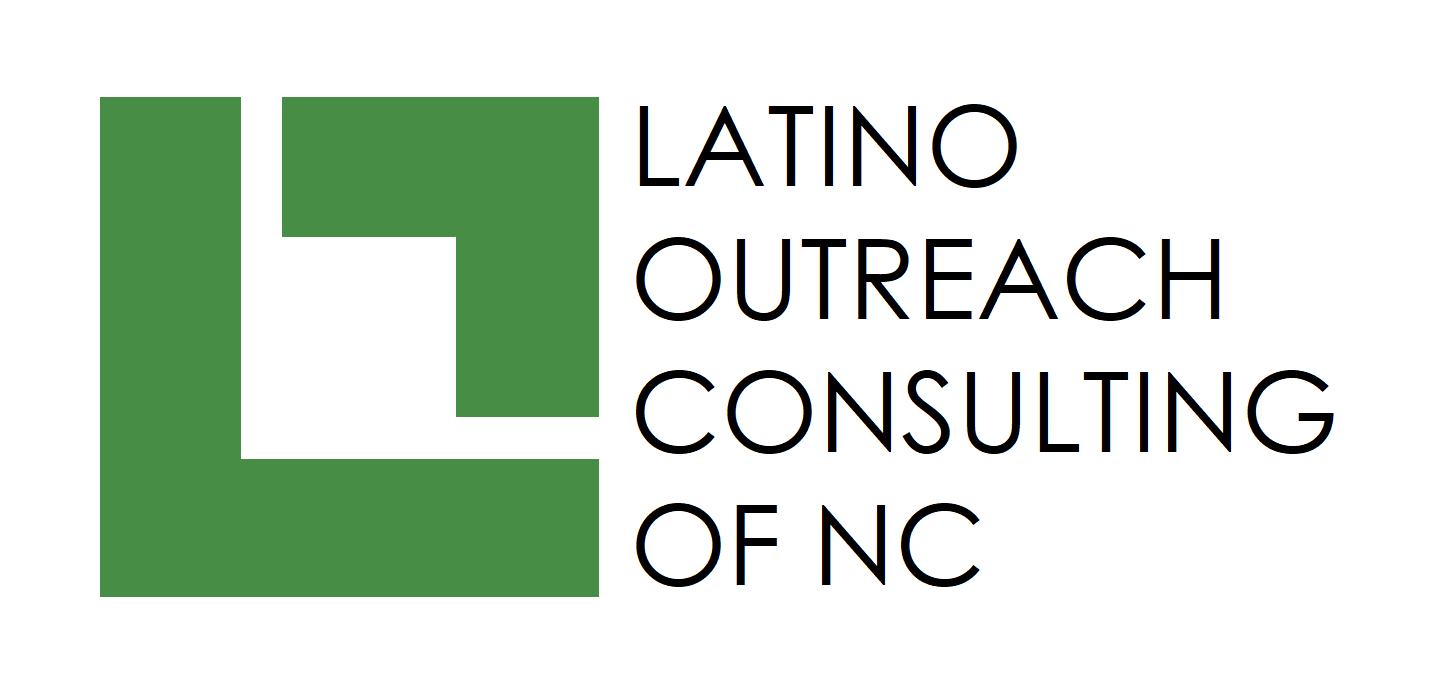Is it amigos or amigues?
Language is ever-evolving. Terms that were before unheard of are invented and with time, can be part of the commonly used lexicon.
An example is the term “Ms.” An article published by the University of Missouri-Kansas City says: “In 1986, “Ms.” became popular and accepted after the New York Times published that it would begin using the term “Ms.” as an honorific in its news and editorial columns. While we as a society have made many advancements on how we view women, please remember that using “Ms.” (unless you’re told otherwise or they have a doctorate) is the best form of respect when addressing a woman in a professional manner.”
The term “Ms” was coined to not define a woman by her marital status. Now, however, the use of Ms. is no longer associated with women’s empowerment; it is of general use.
In recent years, the gender neutral movement has changed vocabulary. This article will not comment on the socio-political implications; it will simply discuss if and when we should change the way we use language.
In English, one of the new terms coined to be inclusive regarding gender is the term “LatinX.” The Merriam Webster dictionary defines it as: “Of, relating to, or marked by Latin American heritage —used as a gender-neutral alternative to Latino or Latina.”
Since Spanish is a gendered language, all nouns and pronouns have a gender. In English, inclusivity is shown by the use of “they, them, their” and other less commonly used pronouns such as “zhe.”
However, the dictionaries in Spanish are not as accepting of gender neutrality. In fact, at the end of October, the Real Academia Española (the utmost authority of the Spanish language,) suggested on their website the use of the pronoun “elle” (pronounced “Eh-jeh). But a few days later, they retracted the entry, stating that ” ‘elle’ is a created and promoted by certain groups of people to allude to those that do not identify with either of the two traditional genders in use.” They also added that due to the confusion that the entry had on the readers, they decided to retract its entry in the Observatorio de Palabras, and that if the term becomes more commonly used they would consider to add it again.
Along with the “elle” movement, in Spanish, inclusivity has included the use of the bar: (amigos/amigas), the @: (amig@s), x: (amigx), and e: (amigues). The word “les” (instead of los or las) is also used.
These changes to the language originated with activists and university students, and basically, only some writers, mainly on social media, are the ones who are using these terms. They have not been accepted by the majority of native speakers. For example, a study of Twitter posts in Argentina showed that out of a sample of 1 million tweets, only 350 used inclusive language in Spanish.
Karia Galperín, a Doctor in Language, said: “When in the future it is studied what happened at this time , we will see some decades later that while the women’s progress advanced frenetically, language was behind.”
In other words, if the Real Academia Española does not accept it, the reality will cause it to be tomorrow. Reality is first, and language follows.
So, as interpreters, what should we do? I suggest that we keep the syntax and grammar of language as it is accepted. Right now, these terms are confusing and not widely known or used, except by people who are deeply involved with the inclusivity movement. If, in the future, these terms start to be used by the common person, then we can perhaps start to include them in our language and vocabulary.
